Vegetables: [Concept, Types, Classification and Examples]
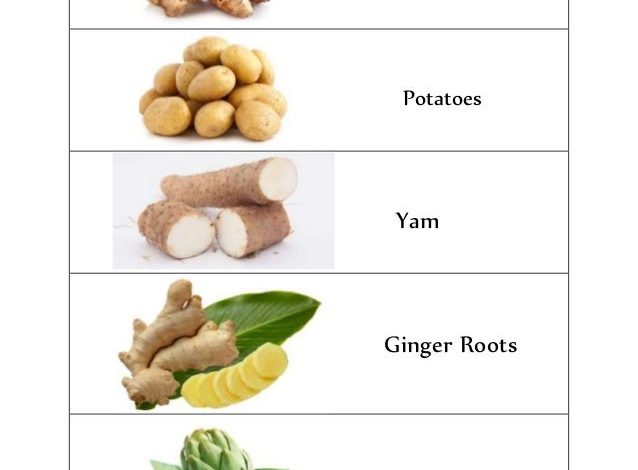
What will you learn in this article?
- What are vegetables?
- What types of vegetables are there and how are they classified?
- How vegetables are grown.
- How are they preserved and why?
- A little history about vegetables.
What are vegetables?
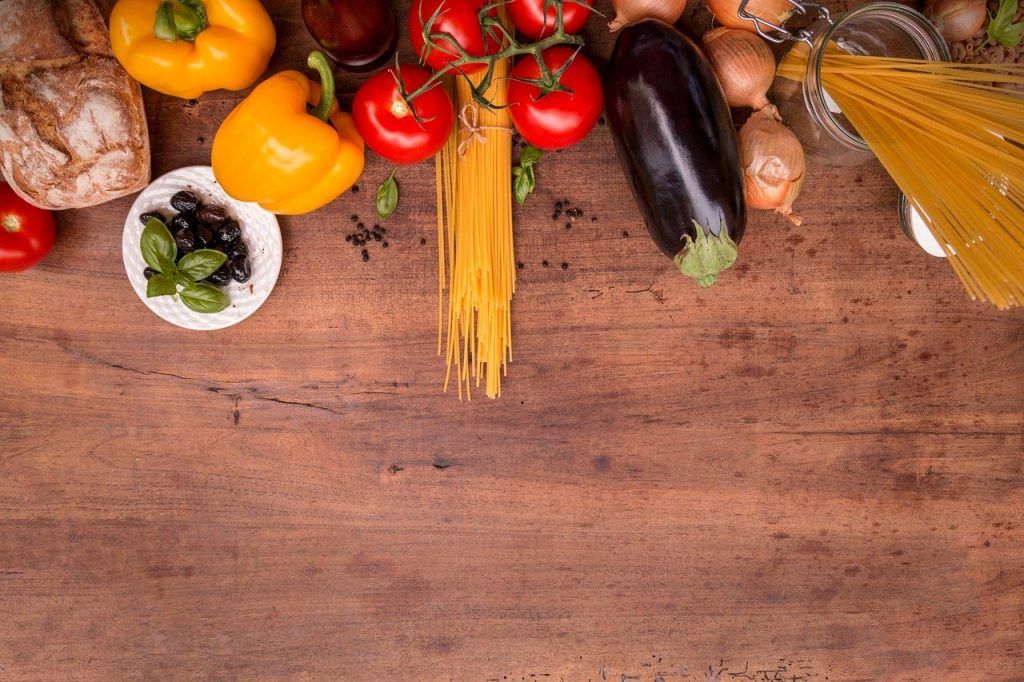
Vegetables (vegetables, vegetables…) are parts of plants that humans or other animals consume as food.
The name vegetable is still in common use and is applied to plants collectively to refer to all edible plant matter, including flowers, fruits, stems, leaves, roots, and seeds.
An alternative definition of the term vegetable is applied somewhat arbitrarily, often by culinary and cultural tradition. You can exclude foods derived from some plants that are fruits, flowers, nuts, and cereal grains, but include salty fruits such as tomatoes and squash, flowers such as broccoli, and seeds such as legumes.
When did man begin to domesticate vegetables?
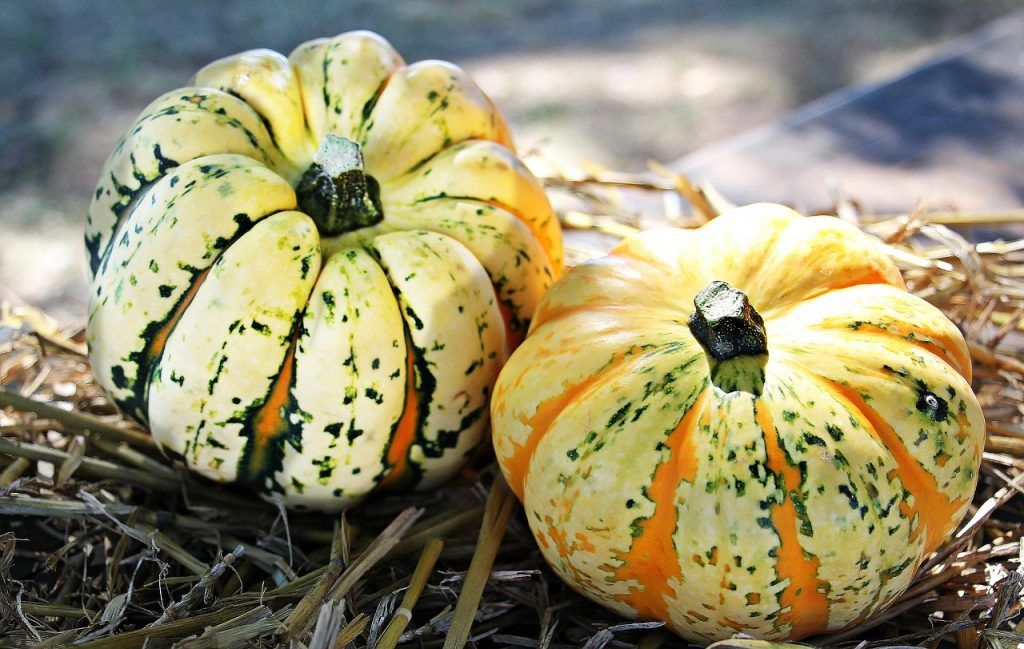
Originally, hunter-gatherers gathered vegetables from the wild and began to cultivate them around the world, probably during the period between 10,000 and 7,000 BC, when a new agricultural way of life developed.
At first, locally grown plants were cultivated, but over time, trade brought exotic crops from elsewhere to add to the domestic types.
Today, most vegetables are grown around the world, climate permitting, and crops may be grown in sheltered environments in less suitable locations. China is the largest producer of vegetables, and global trade in agricultural products allows consumers to buy vegetables grown in distant countries.
The scale of production varies from subsistence farmers supplying their family’s food needs, to agribusinesses with vast expanses of single-product crops. Depending on the type of vegetable in question, harvesting is followed by sorting, storage, processing and marketing.
Vegetables can be eaten raw or cooked and play an important role in human nutrition, as they are low in fat and carbohydrates, but high in vitamins, minerals and dietary fiber.
Many nutritionists encourage people to eat plenty of fruit and vegetables, often recommending five or more servings a day.
history of vegetables
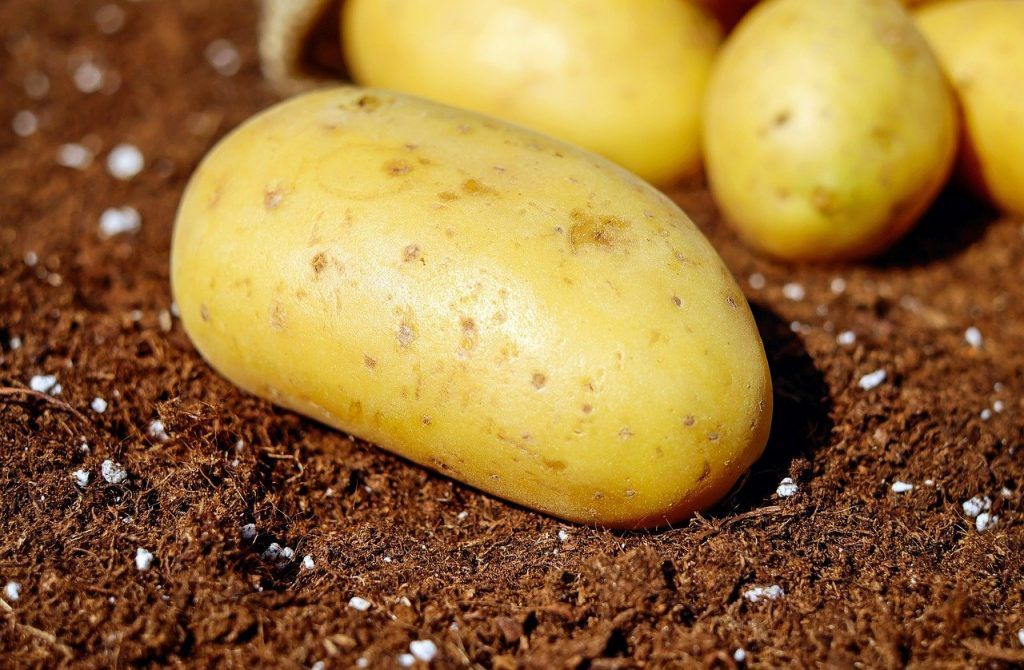
Before the advent of agriculture, humans were hunter-gatherers. They dedicated themselves to the search for edible fruits, nuts, stems, leaves, corms and tubers, to the search for dead animals and to hunt live animals for food.
Forest gardening in a rainforest clearing is thought to have been the earliest example of agriculture; useful plant species were identified and their growth encouraged while unwanted species were eliminated. Plant breeding soon followed by selecting strains with certain traits, such as large fruit and vigorous growth.
Although the earliest evidence of the domestication of plants such as wheat and barley has been found in the Middle East, it is likely that various peoples around the world began cultivation in the period between 10,000 and 7,000 BC.
Subsistence farming continues today, with many rural farmers in Africa, Asia, South America and elsewhere using their plots to produce enough food for their families, while the surplus is used to trade for other goods.
Throughout history, the rich have been able to afford a varied diet that included meat, vegetables, and fruits, but for the poor, meat was a luxury and the food they ate was very boring, often consisting mostly of some staple. made from rice, rye, barley, wheat, millet, or corn. Including plant matter added some variety to the diet.
The staple diet of the Aztecs in Central America was corn, and they grew tomatoes, avocados, beans, peppers, squash, squash, peanuts, and amaranth seeds to supplement their tortillas and porridge.
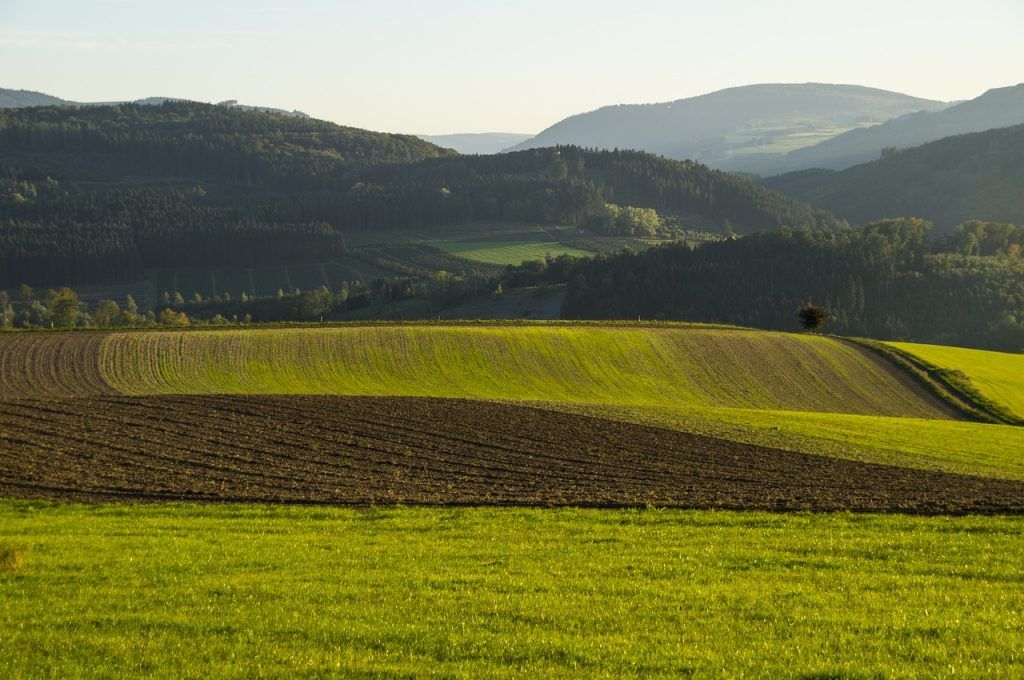
In Peru, the Incas subsisted on corn in the lowlands and potatoes in the highlands. They also used quinoa seeds and supplemented their diet with bell peppers, tomatoes, and avocados.
In ancient China, rice was the staple crop in the south and wheat in the north, the latter made into dumplings, noodles and pancakes. The vegetables that accompanied these products were yams, soybeans, broad beans, turnips, spring onions and garlic.
The diet of the ancient Egyptians was based on bread, often contaminated with sand that wore down teeth. Meat was a luxury, but fish was more abundant. Meat was a luxury, but fish was more abundant and was accompanied by a series of vegetables such as pumpkins, broad beans, lentils, onions, leeks, garlic, radishes and lettuce.
The mainstay of the ancient Greek diet was bread, which was accompanied by goat cheese, olives, the Ficus elastica or Gomero. It is part of the genus of figs, fish, and occasionally meat. Vegetables grown were onions, garlic, cabbages, melons, and lentils.
In ancient Rome, a thick porridge of emmer wheat or beans was made, accompanied by green vegetables, but with little meat, and fish was not appreciated.
The Romans grew broad beans, peas, onions, and turnips and ate the leaves of beets instead of their roots.
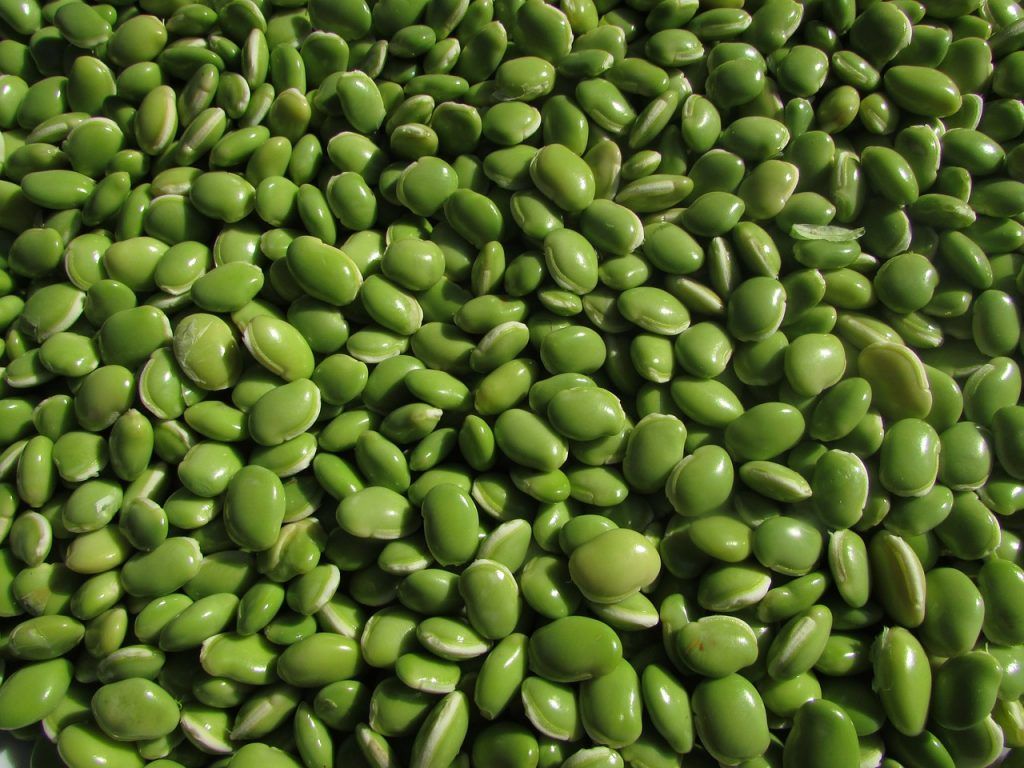
cultivation of vegetables
This web page is specialized in explaining how to grow varied and different vegetables.
Vegetables have been part of the human diet for many years. Some are staple foods, but most are accessory foods, adding variety to meals with their unique flavors while providing nutrients needed for health.
Some vegetables are perennial, but most are annuals and biennials, usually harvested a year after they are sown or planted.
Regardless of the cultivation system used, planting vegetables follows a similar pattern:
- Preparation of the soil by loosening it, removing or burying weeds and adding compost or organic fertilizers.
- Sowing seeds or planting young plants.
- Care of the crop during its growth to reduce competition from weeds, control pests and provide sufficient water.
- Harvesting of the crop when it is ready.
- Classification, storage and commercialization of the harvest or consumption of the same freshly removed from the ground.
Different types of soil suit each crop, but in general, in temperate climates, sandy soils dry quickly but warm quickly in spring and are suitable for early crops, while heavy clays retain moisture better and are more suitable for late season crops.
The growing season can be lengthened by the use of fleece, blankets, plastic mulch, polythene tunnels, and greenhouses.
In warmer regions, vegetable production is limited by climate, especially rainfall patterns, while in temperate zones, it is limited by temperature and day length.
harvest of vegetables
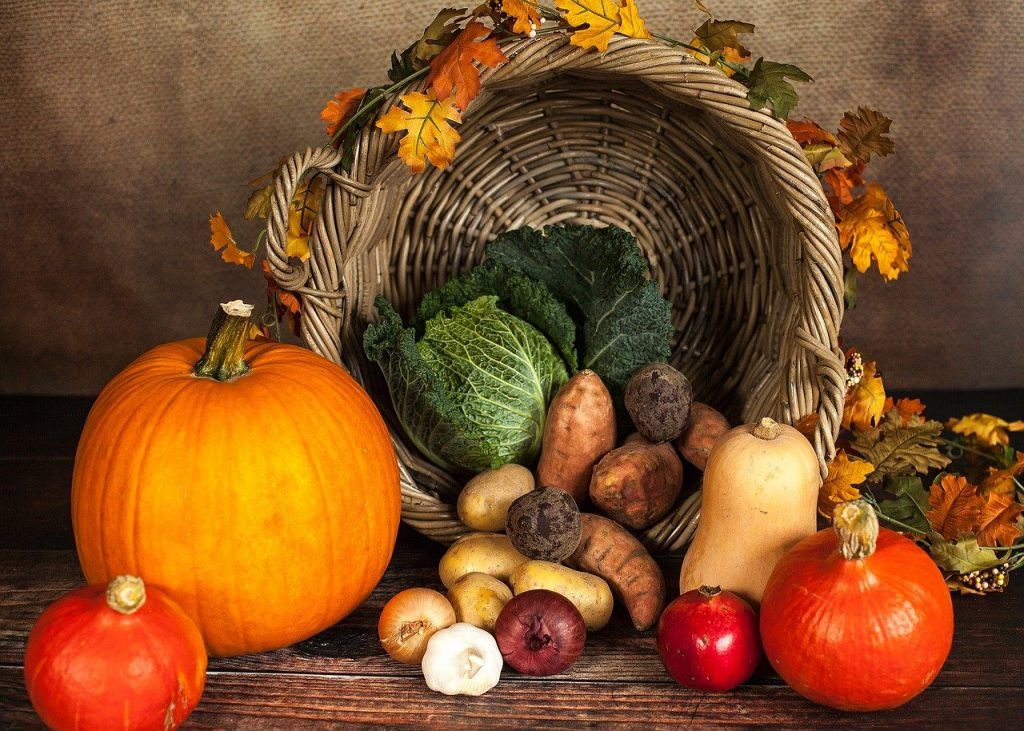
When a vegetable is harvested, it is separated from its main source of water and food.
It continues to transpire and lose moisture as it does so, a process that is most noticeable in wilting green leafy crops.
Harvesting root vegetables when fully mature improves their shelf life, but alternatively these root crops can be left in the ground and harvested for an extended period.
The harvesting process should try to minimize damage and bruising to the crop.
Onions and garlic can dry out for a few days in the field and tubers, such as potatoes, benefit from a short period of maturation in a warm, humid environment, during which wounds heal and the skin thickens and hardens..
Before selling vegetables, a classification must be made to eliminate damaged products and select them according to their quality, size, maturity and color.
Storage and preservation of vegetables
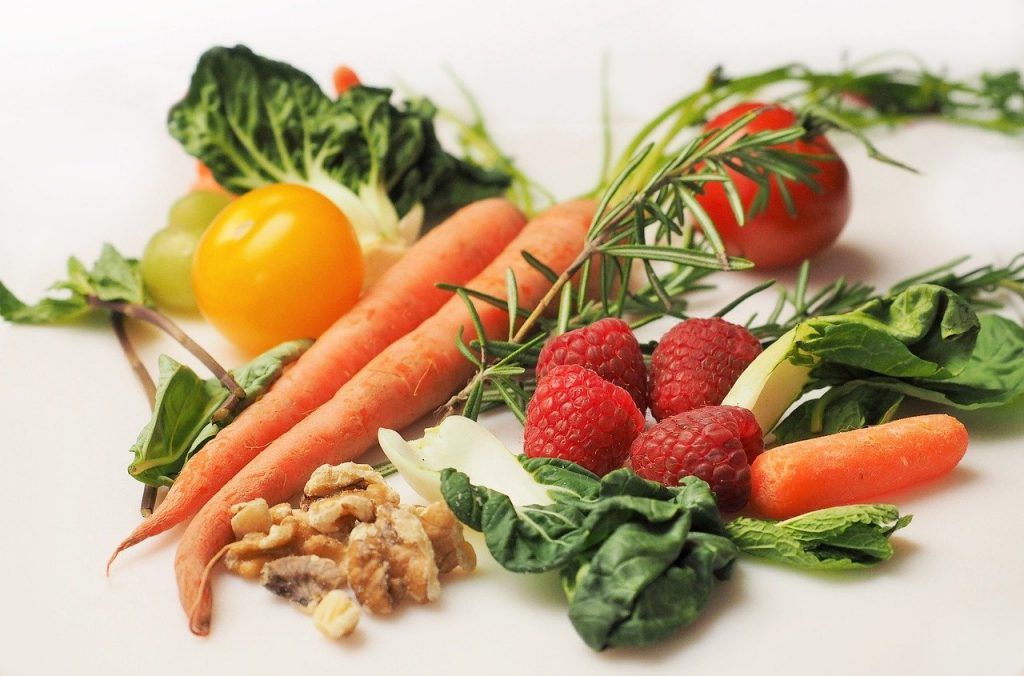
All vegetables benefit from proper post-harvest care. A large proportion of vegetables and perishable foods are lost after harvest during the period of preservation or storage.
These losses can reach between 30-50% in developed countries, where adequate cold storage facilities are not available. The main causes of loss are deterioration caused by humidity, moulds, microorganisms and vermin.
Storage can be short term or long term. Most vegetables are perishable and short-term storage for a few days provides flexibility in marketing. During storage, leafy greens lose moisture and vitamin C, which degrades rapidly.
Some products, such as potatoes and onions, keep better and can be sold when prices are higher, and by extending the marketing season, a larger volume of the total harvest can be sold.
If refrigerated storage is not available, the priority for most crops is to store high-quality produce, maintain a high level of humidity, and keep the produce shaded.
What is the best way to preserve vegetables?
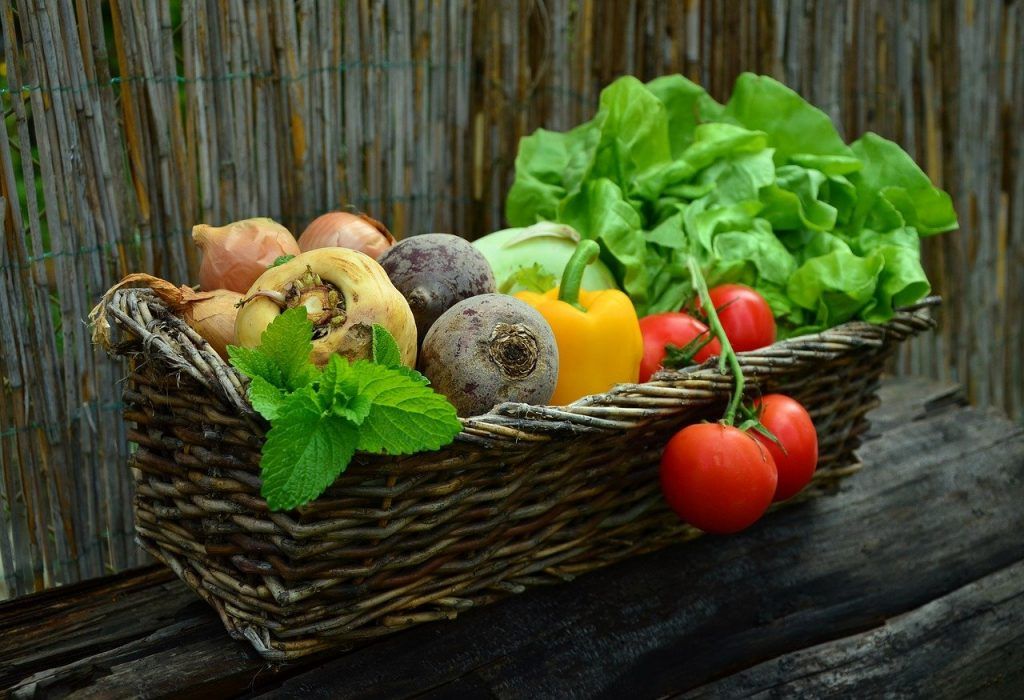
The best way to store products after harvest, in order to prolong and guarantee their shelf life, is through the efficient application of the cold chain.
Cold storage is especially useful for vegetables such as cauliflower, eggplant, lettuce, radish, spinach, potatoes, and tomatoes, and the optimal temperature depends on the type of product. There are temperature control technologies that do not require the use of electricity, such as evaporative cooling.
Storage of fruits and vegetables in controlled atmospheres with high levels of carbon dioxide or high levels of oxygen can inhibit microbial growth and prolong the life of vegetables.
Who are the main vegetable producers in the world?
| Country | Cultivated area in hectares | Production in thousands of tons | |
|---|---|---|---|
| China | 23,458 | 539,993 | |
| India | 7,256 | 100,045 | |
| USA | 1,120 | 35,609 | |
| Turkey | 1,090 | 25,901 | |
| Iran | 767 | 19,995 | |
| Egypt | 755 | 19,487 | |
| Italy | 537 | 14,201 | |
| Russia | 759 | 13,283 | |
| Spain | 348 | 12,679 | |
| Mexico | 681 | 12,515 | |
| Nigeria | 1844 | 11,830 | |
| Brazil | 500 | 11,233 | |
| Japan | 407 | 10,746 | |
| Indonesia | 1082 | 9,780 | |
| South Korea | 268 | 9,757 | |
| Vietnam | 818 | 8,976 | |
| Ukraine | 551 | 8,911 | |
| Uzbekistan | 220 | 7,529 | |
| Philippines | 718 | 6,299 | |
| France | 245 | 5,572 | |
| World production | 55,598 | 1,044,380 |
Classification of vegetables
According to the edible part
According to the part of the edible plant , vegetables are classified as:
- Fruits: Eggplant, pepper, tomato, aphids.
- Bulbs: Onion, leek, dried garlic.
- Green leaves and stems: Swiss chard, radicchio, thistle, endive, escarole, lettuce, spinach, parsley, celery, cabbage, broccoli, Brussels sprouts.
- Flower: Artichoke, cauliflower.
- Young stems: Asparagus.
- Fresh or green legumes: Peas, broad beans, green beans.
- Roots: Carrot, turnip, beet, radish.
Depending on the preservation medium
According to the means of preservation, vegetables are classified as:
- Fresh vegetables: They are sold in bulk or packaged.
- Frozen vegetables: They practically have the same properties as fresh.
- Dehydrated or dried vegetables: The water has been removed.
Depending on the color of the vegetable
According to the color vegetables are classified into:
- Green leafy vegetables: These are vegetables that provide few calories and have great nutritional value due to their richness in vitamins A, C, complex B, E and K, minerals such as calcium and iron and fiber. The green color is due to the presence of chlorophyll. Examples of vegetables are: lettuce, endive, cabbage, radicchio, watercress, Swiss chard and spinach.
- Yellow vegetables: These vegetables are rich in carotene, a substance that favors the formation of vitamin A. Carotene was isolated for the first time from the carrot, the vegetable from which it owes its name.
- Vegetables of other colors: They contain little carotene but are rich in vitamin C and in the B vitamins.
According to the family to which they belong
Finally, we have the classification of vegetables according to the family to which they may belong:
- Cucurbitaceae:Zucchini, melon,watermelon,cucumber…
- Solanaceae: Aubergines, potatoes, peppers, tomatoes…
- Legumes:Chickpeas, peas, beans…
- Chenopodiaceae: Swiss chard, beet, spinach.
- Composite: Chicory, artichoke, endive, escarole, lettuce, sunflower.
- Cruciferous: Broccoli, Milanese sprouts, Brussels sprouts, cauliflower, rutabaga, kohlrabi, red cabbage, turnips, radishes, cabbage.
- Umbelliferae: Celery, chives, leek, onion.
- Grasses: corn.
Sources and bibliographies
- http://enciclopedia.us.es/: list of vegetables
-
[BOOK] Production of vegetables, E Cásseres – 1966 – books.google.com
-
Vegetable cultivation, V Giaconi, M Escaff – 1997 – sidalc.net
-
Vegetables, R Ugás, S Siura, F Delgado, A Casas… – … in Vegetables …, 2000 – agricultureenlima.org
-
[BOOK] Vegetable Technology, Y Tirilly, CM Bourgeois – 2002 – sidalc.net
-
[BOOK] Practical cultivation of vegetables, D Raymond – 1982 – sidalc.net
-
[PDF] Hydroponic Production of Leafy Vegetables, J Birgi – National Institute of Agricultural Technology. Station …, 2015 – inta.gob.ar

![Photo of What is a Germinator? How can we make a homemade one? [Complete Guide]](https://www.complete-gardening.com/wp-content/uploads/2022/08/what-is-a-germinator-how-can-we-make-a-homemade-one-complete-guide-390x220.png)
![Photo of Fenugreek: [Utility, Intake, Contraindications and Active Principles]](https://www.complete-gardening.com/wp-content/uploads/2022/08/fenugreek-utility-intake-contraindications-and-active-principles-390x220.jpg)
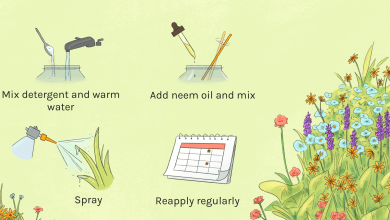
![Photo of Ants in the Garden: How to Fight Them [Complete Guide]](https://www.complete-gardening.com/wp-content/uploads/2022/08/ants-in-the-garden-how-to-fight-them-complete-guide-390x220.jpg)